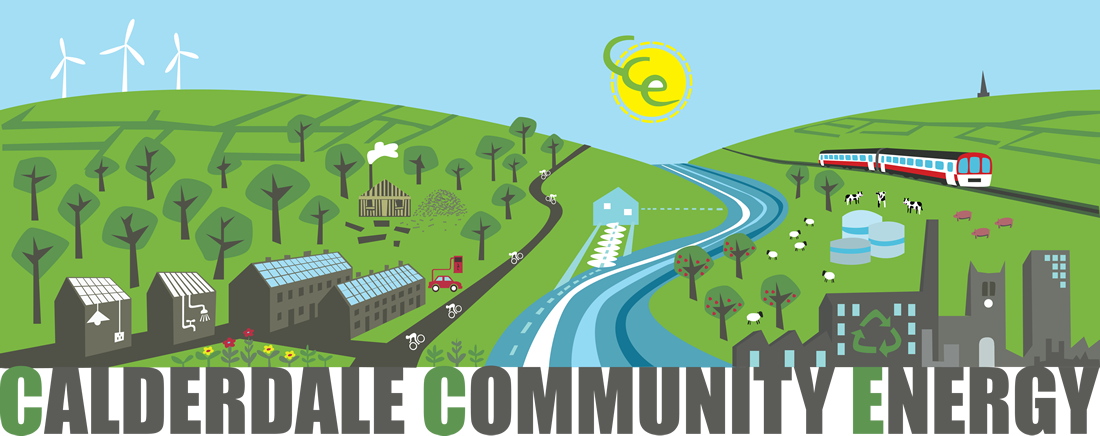The costs of a scheme can be divided into four main areas:
- This will be for the renewable equipment itself – turbines, panels etc
- Civil works. This includes any work on installing the equipment at the site.
- Electrical system. This includes all the necessary electrical equipment – control systems, wiring, and transformer, but also connection to the electric. The cost of the latter is controlled by the local electric distribution company.
- Other costs. These could include costs for design and project management, licenses, planning permission etc.
There will also potentially be running costs to consider. These can include:
- Any rents payable on the land. If it is agreed with the landowner beforehand, then it could be possible to tie part of the rent in with the income from the property, so that the landowner has a vested interest in it being a successful scheme.
- Metering services – monitoring of the meter by an external organisation. Metering is needed to calculate the total generation from the installation, how much is being exported to the grid and how much imported. Eventually, smart meters, due to be rolled out in all homes by 2020, will be used to measure the feed into the grid.
- Business rates as renewable energy schemes are classed as businesses unless they are part of a domestic property.
- Maintenance of the system.
- Insurance costs – should include material damage for the equipment itself, business interruption to cover for any loss of income,
- Any public or employers liability
Raising the finance
There are several ways a community can raise the capital to carry out projects.
- Grants, gifts and donations are all monies that are freely given by donors who support the purpose of the community and where there is no expectation of a return on the money.
- Loans are monies that are invested by a third party and which must be repaid over an agreed length of time and with an agreed rate of interest.
- Equity is an investment in return for shares and which give the shareholders legal rights, a dividend on their investment, and also a right to vote. There are three types of equity – withdrawable share capital, ordinary transferable shares and preference shares.
Each scheme will generate income from FITs / RHI and the sale of energy generated.
